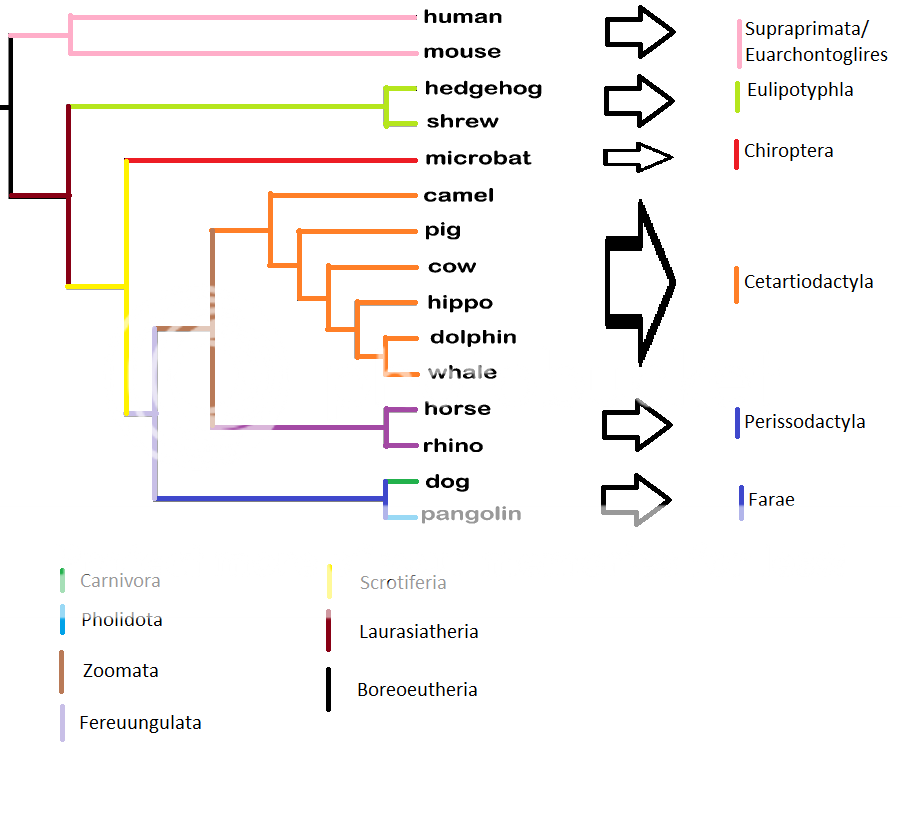australopithecus
Active Member
BobEnyart said:Even Richard Dawkins repeats that biology is the study of organisms that seem to have been designed, and LIKEWISE many atheistic physicists struggle to account for the apparent fine-tuning of the universe. So, as you say that God is hiding, many others, myself included, respond by saying that if so, He is hiding in plain sight.
1) Seems to be =/= how it is.
2) You don't know what fine tuning means in the context of physics.
AndromedasWake said:In physics, fine tuning is an undesirable consequence of being unable to explain variables which must be precisely set to make the model accurately describe the observable Universe. When something has to be finely tuned by a physicist, the immediate question is, "why should that be exactly right?"
If the physicist has an answer, then there is no fine tuning problem, because the mechanism for the given outcome has been established. Out-standing fine tuning problems indicate which parts of a particular model need work. Fine tuning is not the same as the speculative term "fine tuned Universe". This term is used to discuss the extent to which seemingly fundamental parameters in nature must take very precise values in order for us to be here. For example, in the standard model of particle physics, there are several values which, if changed even a tiny amount, would forbid any kind of higher chemistry to take place. Because fine tuning is a classical term which describes the action of a physicist (i.e. a person) the term "fine tuned Universe" has unwelcome connotations.
Linguistically speaking, it may imply that a person has set the natural laws which govern the Universe, and so is often used underhandedly by apologists such as William Lane Craig. He has used the phrase "the fine tuning of the Universe" thus merging "fine tuning" and "fine tuned Universe" together. The former describes intelligent action by its definition, the latter is an unfortunate overlap that would be better replaced with the word "precision" to avoid confusion. On pragmatic grounds, scientists must assume the precise values are a physical necessity if they are to uncover the process which relates them. William Lane Craig dismisses this on the basis that the values are "just arbitrary". This is where he exposes his inability to distinguish a model (a map) from reality. These values are arbitrary in their respective models, which is why they represent fine tuning problems. Thus they are also indicators of the incompleteness of their respective models. The apologist's perspective is that the models must already be 100% accurate, meaning out-standing fine tuning problems indicate a fine tuning of reality. No scientist puts so much faith into the current state of physics!



